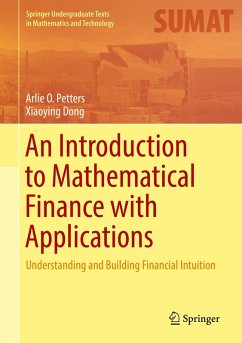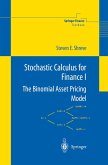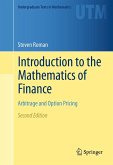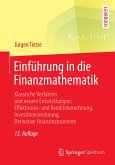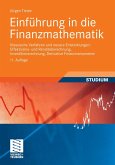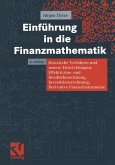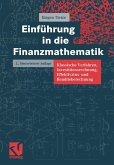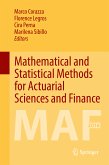The book is aimed toward advanced undergraduates and first-year graduate students who are new to finance or want a more rigorous treatment of the mathematical models used within. While no background in finance is assumed, prerequisite math courses include multivariable calculus, probability, and linear algebra. The authors introduce additional mathematical tools as needed. The entire textbook is appropriate for a single year-long course on introductory mathematical finance. The self-contained design of the text allows for instructor flexibility in topics courses and those focusing on financial derivatives. Moreover, the text is useful for mathematicians, physicists, and engineers who want to learn finance via an approach that builds their financial intuition and is explicit about model building, as well as business school students who want a treatment of finance that is deeper but not overly theoretical.
Dieser Download kann aus rechtlichen Gründen nur mit Rechnungsadresse in A, B, BG, CY, CZ, D, DK, EW, E, FIN, F, GR, HR, H, IRL, I, LT, L, LR, M, NL, PL, P, R, S, SLO, SK ausgeliefert werden.
"This self-contained book is well organized and covers a broad range of classical topics of financial mathematics. A rich source of examples and exercises, the book is an ideal textbook for both undergraduate and graduate students that are interested in mathematical models in finance. The book can also be used for mathematically trained students and individuals in actuarial science to prepare for professional exams." (Zhuo Jin, Mathematical Reviews, May, 2017)
"The book is an undergraduate textbook in mathematical finance with applications. ... The textbook is aimed at advanced undergraduates, and also at master's degree students who want a more rigorous treatment of the mathematical models in finance. This text will be a very good textbook for a year-long course on introductory mathematical finance." (Anatoliy Swishchuk, zbMATH 1348.91002, 2016)

